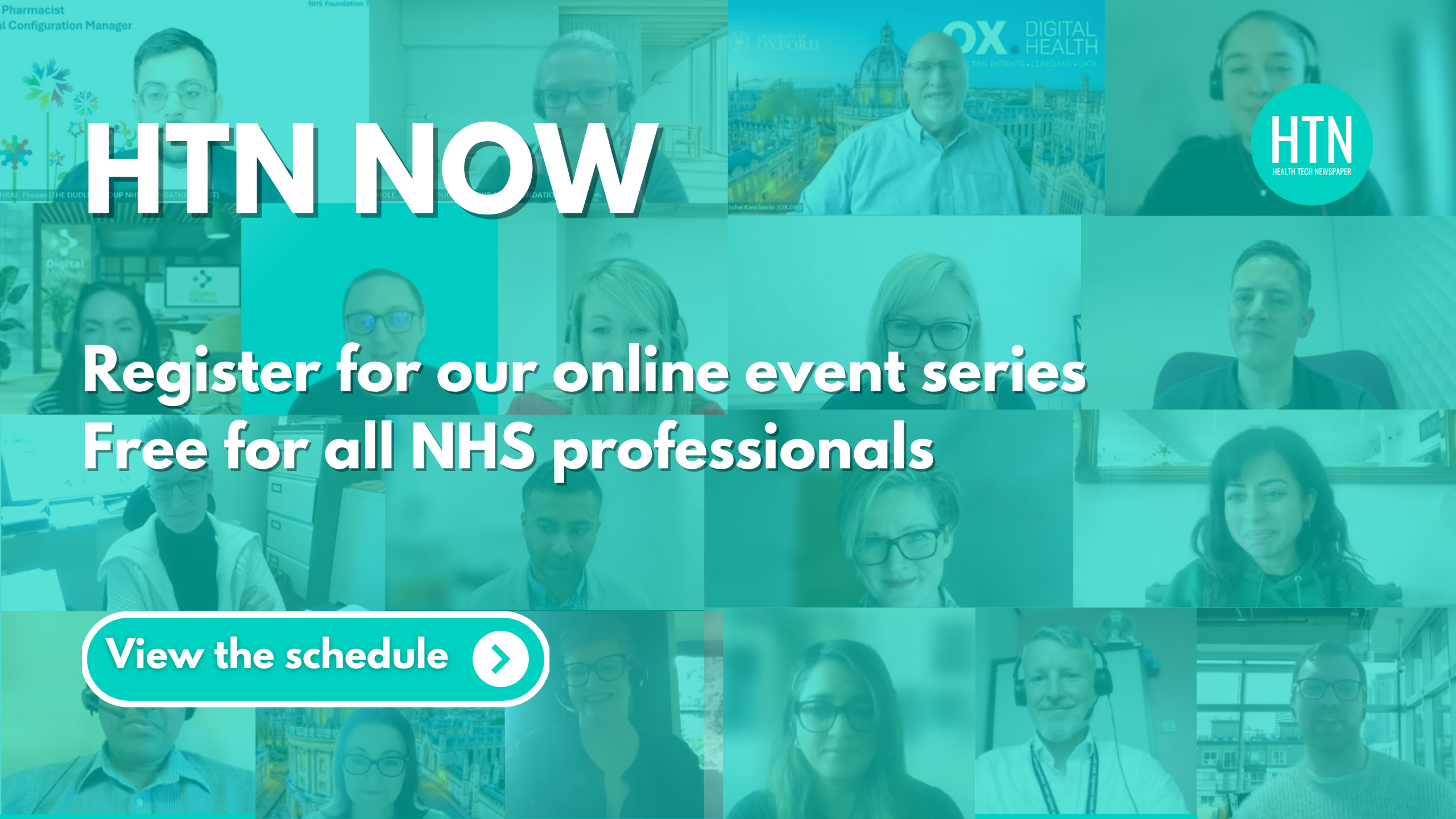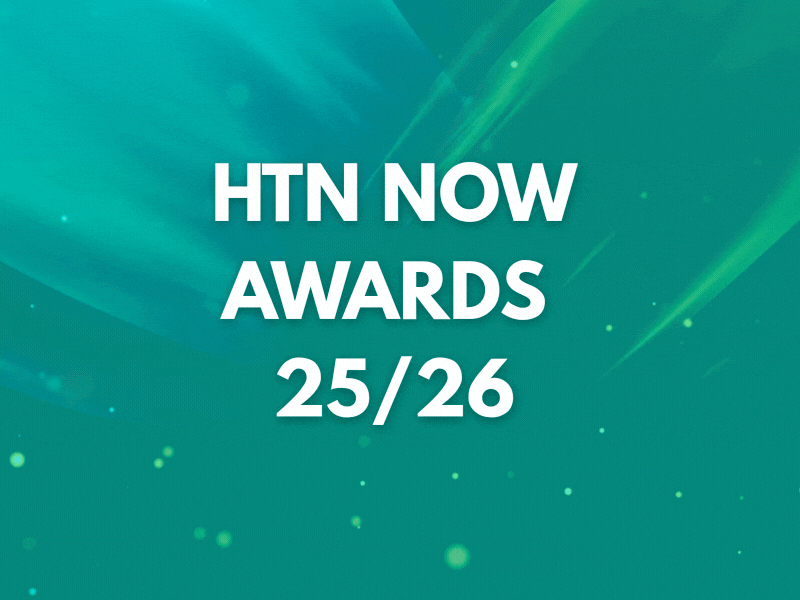CEO and founder of OX Digital Health (OX.DH), John Kosobucki, joined us recently for a HTN Now webinar to share how the health tech supplier has helped clinics revolutionise their operations, and deliver a seamless, modern experience with better patient outcomes at a lower cost.
In our conversation he describes how automation and cloud native solutions put the patient at the centre of their journey, while providing clinics with simplified workflows and a reduction in time spent on administration. He expands on the implementation process and how OX.DH’s existing clients have been surprised by how quickly they can move to production.
Ox. assisted reproduction: an overview
John is rightly proud of the fertility clinics he has already helped and his enthusiasm was obvious. He introduced OX.DH and the company’s assisted reproduction solution, OX.ar: “It’s a complete solution for fertility clinics that provides everything they need for the day to day management of the patient journey through to a successful outcome.” John further explained “when we built OX.ar, we listened to the clinicians and understood they needed simple and secure systems; clinic directors told us they needed cost effective scalability with fast delivery, and their patients told us that they valued clear information so that they feel better connected to their journey.” Bringing this all together with our own medical and technical staff in a way that works nationally and internationally challenged the status quo resulting in true innovation and some amazing success stories.
John is especially keen to emphasise the cloud native design and the use of Microsoft technology as a backbone, as these simultaneously reduce the implementation time scale and the learning curve to the bare minimum. “Clinic directors have, in the past experienced lengthy projects, clumsy user interfaces and high costs, and it is fair to say that they are shocked by how simple and smooth their experience with OX.DH has been.”
Deep knowledge as a simplification enabler
One of the common challenges all clinics have is a lack of time, let alone, time to spend helping an IT company replicate a legacy platform that was probably no longer fit for purpose anyway.
OX.DH understood this very early on and built a team including a practicing assisted reproduction specialist. He went on to explain how working with clinics and their own experts revealed three key areas: streamlining the onboarding & assessment, planning treatment & personalised plan and monitoring & coordinating care.
This has allowed them to design a solution that brings together best practice and assisted reproduction pathways to provide clinics with everything they need and nothing they don’t. Because the cloud solution is both pre-configured for most clinics, no-code/low-code modifications available if required, we offer the best of all worlds, John stated. “A clinic can go live essentially ‘out of the box’ with the option to tailor the solution to specific clinic needs if required.”
“One of the things clinics worry about is migration of their data often from poorly documented sources or even Excel with a strong aversion to dual keying with all of the errors that would introduce. The great news is that OX.ar is built on powerful integration tools, increasingly AI enabled, that make it easy to bring data from legacy systems, Excel and other sources.
John outlined how this helps to keep costs low because you can “take advantage of the cloud capabilities as they are intended to be used through familiar interfaces that work within the Microsoft Community and the clinic”.
Fertility Patient Pathway
“One of the good things about the fertility pathway,” John said, “is that it has a well defined start and finish.” Expanding further on what the OX. assisted reproduction pathway has to offer, he added, “it’s one of the few pathways involving multiple participants, requiring us to track all of the activities that happen throughout the treatment cycle with referencability and audit trail”.
To emphasise the flexibility of the pathway, John showcased functionality to “dynamically adapt for heterosexual, same sex, single treatment or egg collections. Each pathway gets modified and the information captured is adapted for the type of treatment that’s determined”. He noted the benefits of using OX. assisted reproduction, stating that “instead of having to chase paper and look for folders and test results, it gives clinicians more time with their patients and less time battling old, disjointed technology”.
Highlighting key functionality he demonstrated how easily “clinicians can review information and make any adjustments to the treatment as needed” while also automating the “generation of documents and questionnaires to get feedback from patients to monitor and implement suggestions for improving the overall service “.
“Ultimately it’s about the patient outcome and having a clear, well managed pathway with clarity and the availability of high quality data makes the whole process smoother.”
OX.DH’s approach to implementation
When discussing OX.DH’s approach to implementing OX. assisted reproduction, John emphasised the importance of first “explaining what our system does out-of-the-box” in order to “encourage people to take advantage of the accumulated experience that we’ve seen from other clinics”. He highlighted how OX.DH also aims to learn from new clients in terms of what they’re currently doing and why, stating that “if there’s a good reason for them to be doing it, it’s likely to be beneficial to our other clients”.
Next, he explained how OX.DH then “identifies phases of implementation that will yield the most benefits early. So, in some cases we do the full migration of historic data, getting fertility clinics up and running initially for scheduling”. However, John also noted that the implementation process can depend on the size of the clinic, adding, “in larger clinics where there are multiple sites, we identify particular areas to work our way through in stages, which can be signed off and rolled out to a subset of clinics”.
Cyber security measures in place
John outlined the robust cybersecurity measures in place at OX.DH, noting that security is one of the first concerns clinics raise at the beginning of their journey. He emphasised OX.DH’s use of industry-leading technologies to safeguard sensitive patient data.
“For environments we manage, our SOC uses tools like Sentinel, which actively monitors the system perimeter and is designed to take immediate action if it detects unusual activity,” John explained. Giving an example, he described how Sentinel works: “If a user logs in from the UK and then attempts to log in from Russia, Sentinel can automatically shut that down, requiring approval and escalation before access is restored.”
Beyond perimeter protection, John highlighted additional layers of security: “We also employ data exfiltration monitoring, which can either block unauthorised activity or trigger alerts—unless the data transfer has been explicitly approved.” He added that OX.DH offers customisable security configurations, ensuring their tools align with the specific requirements of each clinic.
What the future looks like for OX.DH
John wrapped up the session by sharing exciting developments for OX.DH’s expansion. “We started in the UK with assisted reproduction, and we’re pleased that word has spread, leading to our expansion into Australia,” he said. “Now, we’re looking to bring our solution to other parts of Europe, and discussions in the US, we’re aiming to gain more traction there as well.”
Discussing OX. assisted reproduction specifically, he pointed out that “fertility is something that translates well globally. While regulatory requirements and insurance frameworks vary across Australia, the US, and the UK, these are all manageable adaptations that sit alongside the core functionality needed for fertility treatments.”
John concluded by hinting at a upcoming announcements: “We’ve got exciting news about a new client in the UK and what we are doing in primary care – stay tuned!”
A big thank you to John for sharing his insights and demonstrating OX.DH’s commitment to advancing fertility care.
For more information, check out the latest success stories previously covered by HTN:
- Somerset NHS Foundation Trust goes live with OX.DH virtual consultations
- Monash IVF goes live with OX.DH’s digital patient onboarding platform
- Australian fertility service provider Monash IVF partners with health tech start-up OX.DH
- The Male Fertility Clinic partners with OX.DH to centralise patient management and streamline bookings





